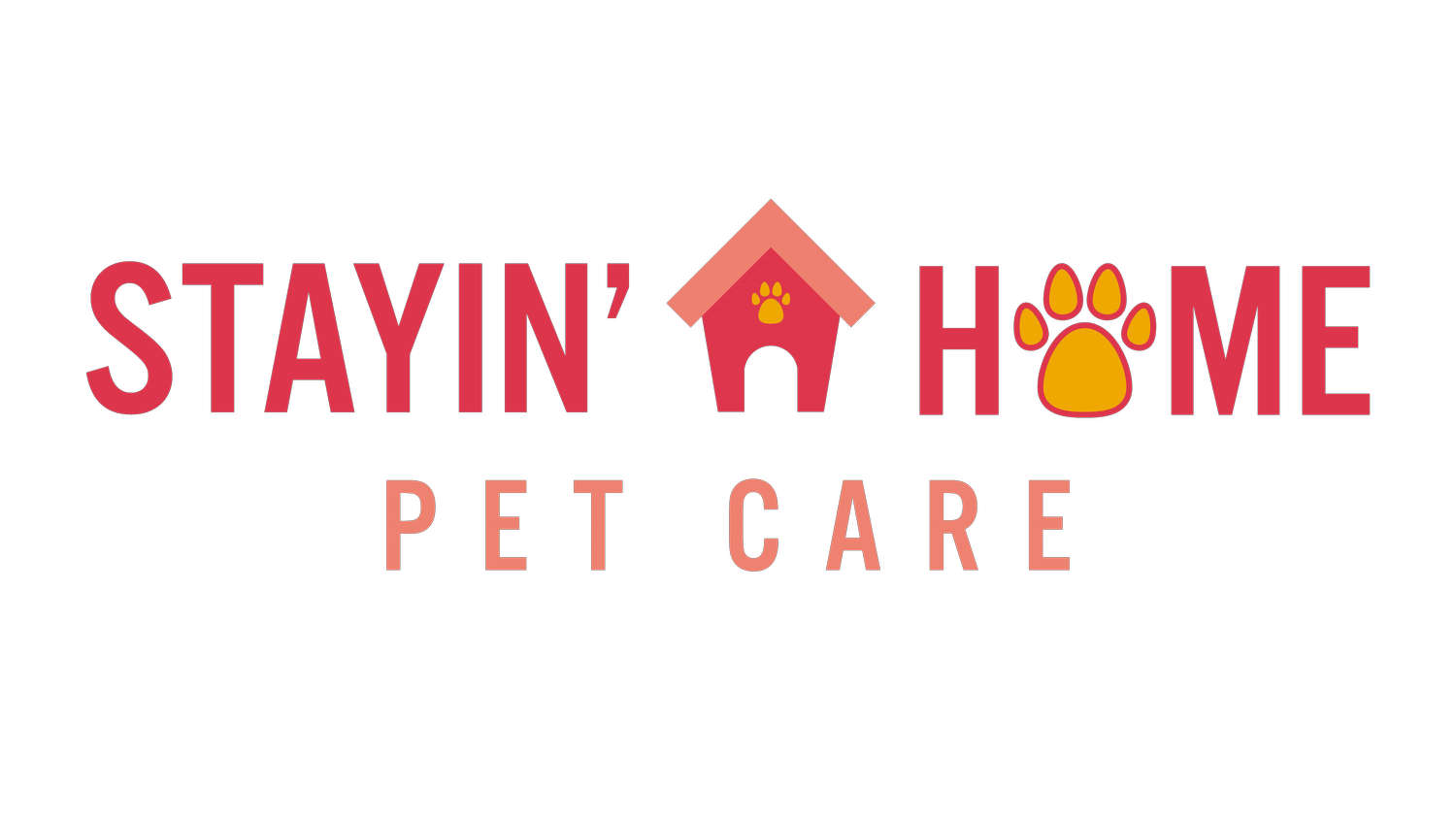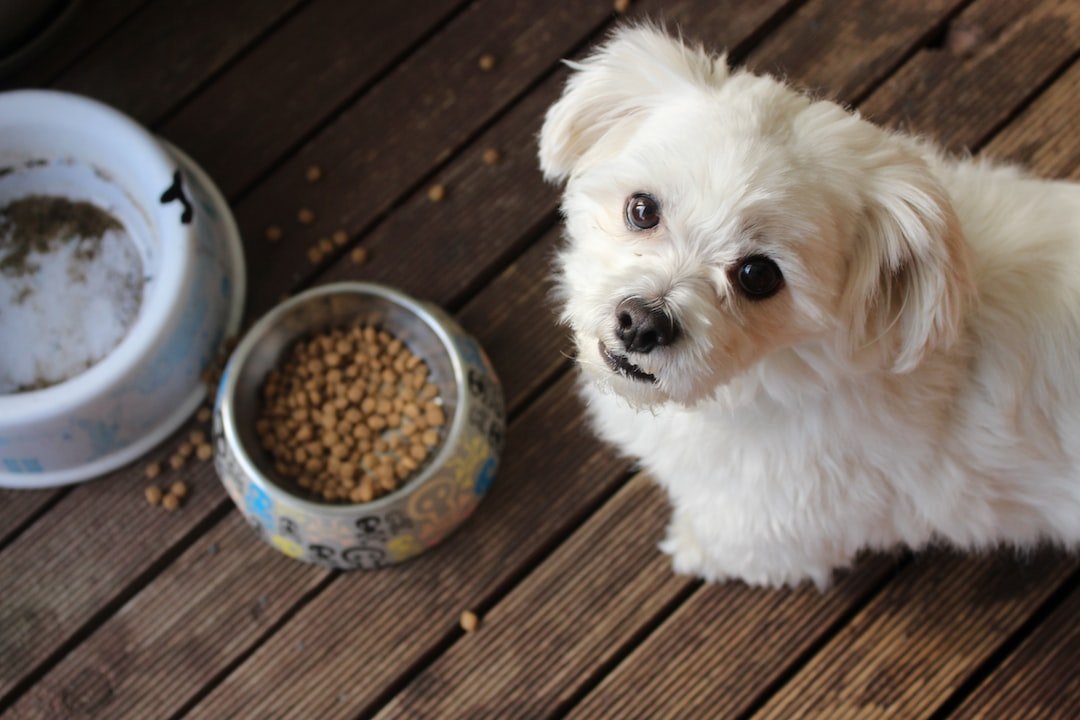What To Feed Your Dog: What Every Pet Owner Should Know
Most people want their dog to be healthy and happy. And one of the biggest questions every owner comes across is what to feed your dog. There are thousands of options out there and it can be difficult to figure out the best option for you and your pet. So, here are some things to consider to help you make that decision.
Dog Anatomy 101
One thing to keep in mind when you're contemplating what to feed your dog is your their physiology. Like their wolf counterparts, dogs are primarily carnivores. However, they also have the ability to ingest a small variety of other foods, such as vegetables, grains, and fruits. Does this mean that dogs are full-on omnivores, like their human companions? Well, not quite. You see, obligate carnivores, such as cats, have a very short digestive tract meant for processing large amounts of meat quickly through their system. However, omnivores, such as humans, have a very long digestive tract that allows for time for the fermentation and processing of foods such as fibrous vegetables and fruits. As adaptive carnivores, dogs are somewhere in between, with an intestinal tract that prioritizes meat, but also, to an extent, takes advantage of other food sources.
Also consider that a dog's sharp, back teeth are primarily meant for tearing meat. Omnivores, on the other hand, have mostly flattened back teeth that allow for the grinding of plant material so that it may be better digested in the stomach and intestines. Furthermore, a canine's jaw can only go up and down. A human's jaw, however, can go both up and down and side to side, further supporting their ability to grind down food. As such, dog's are mostly equipped to handle meat as their primary source of food.
Amylase: An MVP Digestive Enzyme
Dogs and humans alike have digestive enzymes that help to break down food and absorb their nutrients. One important enzyme is called Amylase, which breaks down starches/carbohydrates into sugars that can then be converted into energy. While both dogs and humans produce this enzyme, dogs only have Amylase way down in the small intestine and pancreas. Humans, on the other hand, have this enzyme in their saliva, which means that food is being broken down before it even reaches the stomach. Starchy and fibrous foods, such as grains, veggies, and fruits need plenty of time and a large amount of Amylase to be fully processed. And since dogs have not only a short intestine but also Amylase only near the end of their digestive tract, they can get only a small about of nutrients from these types of foods. So overall, a dog's anatomy means that while they can enjoy some nutritional benefit from the foods we eat, they should still be on a meat-focused diet.
Meat: It's What's For Dinner (And Breakfast Too)
So, what does this all mean for your dog? Well, when selecting food for your pet, you want to make sure that you prioritize meat as the primary ingredient. Makes sense, right? You would be surprised at how little meat-based protein exists in cheaper brands of pet food. So, when considering kibble, make sure that the first ingredient is a meat protein. And not just a general meat protein, like "poultry meat," but a specific protein, such as turkey, boar or lamb. Generalized labels can mean that any type or quality of animal byproduct can be used (and they're usually the cheapest, lowest-quality types). Also, it's better to have a specific meat protein as your first ingredient, as opposed to a protein meal (aka chicken meal).
Dry Food Basics
As a general rule for kibble, the first 5 ingredients comprise 90% of the food. And the more of those that are meat proteins, the better. Kibble will also require some sort of binding agent, with the cheapest options being white potatoes and white rice. These are empty fillers and provide no nutritional value to your pet whatsoever. In fact, they're considered high on the glycemic index, which can actually be a bad option for pets. What should you look for instead? Try kibbles that offer beans, peas, chickpeas, sweet potatoes or pumpkin instead. These offer both fiber and nutrients for your pet, instead of acting as just filler.
When thinking about what to feed your dog, it's also good to remember what kind of pet you have. Did you just adopt a new puppy? Is your dog a large breed? Do you have a senior pup? Many brands also offer special versions of their food that help to accommodate the special circumstances of your pet. Some offer extra supplements, such as glucosamine or fish oil in their formulas, while others have a higher fat percentage to support growth.
To Kibble Or Not To Kibble?
There are so many different choices for feeding your dog nowadays. While kibble tends to be most owner's go-to choice, alternatives such as raw food, freeze-dried, canned food, and rehydrated food are also options to consider. One important thing to note is that kibble is a moisture-deficient food. As such, keeping your dog hydrated is a primary concern. Many owners choose to add a nutrient-dense bone broth or pumpkin to their pup's food. Others incorporate canned food into their dog's diet. Rehydrated food, freeze-dried, and raw feeding all offer a method of feeding that also gives your dog tons of moisture. Rehydrated and freeze-dried specifically require that you add a certain amount of liquid to them prior to feeding. Commercial raw food goes to the next level by offering a diet that has been as minimally processed as possible and retains all of its original moisture. Additionally, many owners are discovering that these minimally-processed alternatives to kibble help to alleviate issues such as allergies, diabetes, and other health or digestive issues.
What To Feed Your Dog: Final Thoughts
Regardless of which type of food you choose for your pet, be sure to do a bit of research first. Choose a meat protein-focused that doesn't incorporate empty and nutritionally deficient fillers. And don't forget to add moisture to your dog's food whenever you can! And no matter what you choose to feed, remember that exercise plays a large role in keeping your pup healthy! Check out our pet sitting and dog walking services to see how we can help keep your pet happy!

